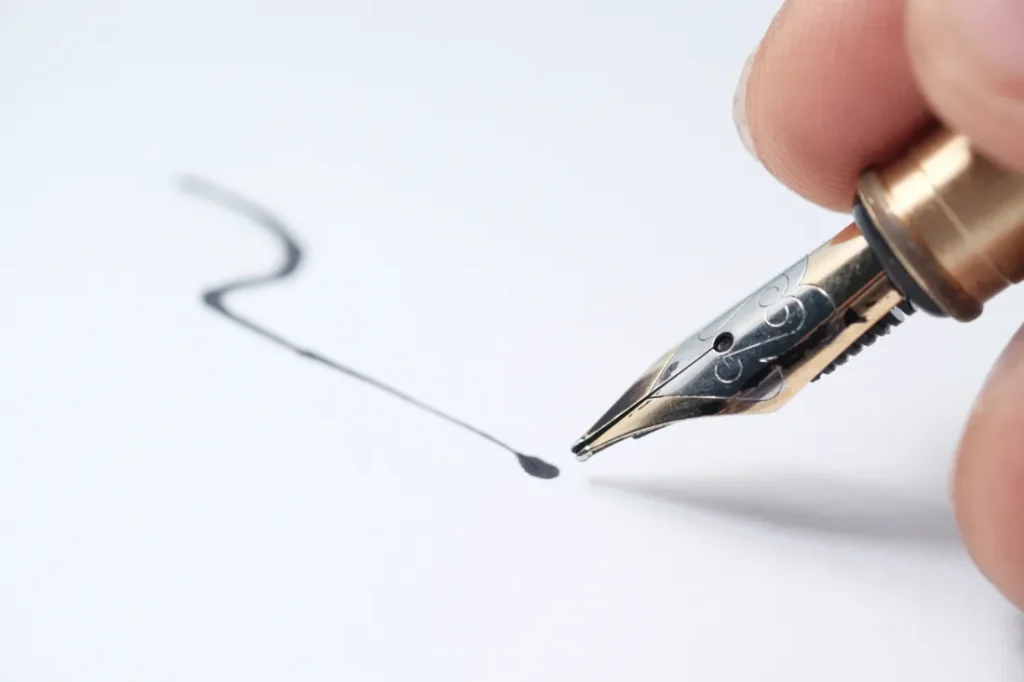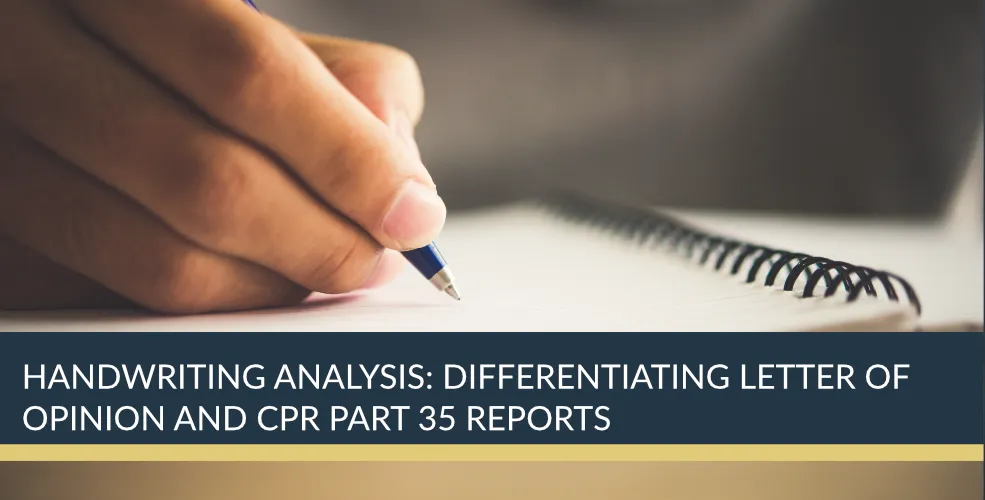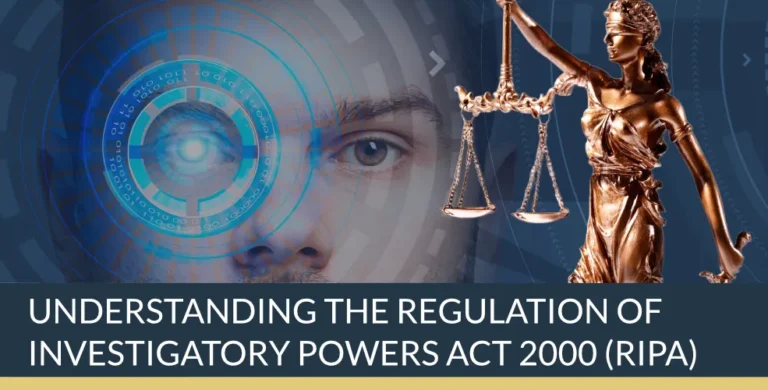Handwriting Analysis: Letter of Opinion and CPR Part 35 Reports
Differentiating between Letter of Opinion and CPR Part 35 Reports
Forensic handwriting analysis is a cornerstone of modern investigative and legal processes, providing crucial evidence in a wide range of cases, from fraud and forgery to employment screening and personal disputes. At Titan Private Investigation Ltd, we understand that the nuances of handwriting can be complex, especially when it comes to the different types of reports required for various purposes. This comprehensive guide aims to demystify the subject, focusing on the critical distinctions between a Letter of Opinion and a CPR Part 35 report, and offering practical advice for legal professionals, investigators, and anyone seeking clarity in this fascinating field.
Understanding Forensic Handwriting Reports: An Overview
Handwriting analysis, or graphology, is not merely about comparing signatures; it is a scientific discipline that examines the minute details of written text to uncover authenticity, intent, and even aspects of personality. The reports generated by forensic handwriting experts can have a significant impact on the outcome of legal proceedings, employment decisions, and personal matters. However, not all reports are created equal. The two most common types—Letter of Opinion and CPR Part 35 report—serve distinct functions and are governed by different standards.
What is a Letter of Opinion?
A Letter of Opinion is typically the first step in the forensic handwriting analysis process. It is an informal document, usually commissioned by a client seeking preliminary guidance on a handwriting matter. The expert’s role here is to review the available evidence—often photocopies rather than original documents—and provide an initial assessment. This might involve commenting on whether a signature appears consistent with known samples, or if there are any obvious signs of forgery or irregularity.
The tone of a Letter of Opinion is advisory rather than definitive. It is not intended for use in court, but rather to help the client decide whether further investigation is warranted. Because it is based on limited evidence, the conclusions drawn are necessarily tentative. Nevertheless, a well-crafted Letter of Opinion can be invaluable in shaping the direction of a case, highlighting potential issues, and informing strategic decisions.
What is a CPR Part 35 Report?
In contrast, a CPR Part 35 report is a formal, court-compliant document prepared in accordance with the Civil Procedure Rules (CPR) Part 35, which govern the use of expert evidence in civil litigation in England and Wales. This report is designed to provide the court with an impartial, scientifically robust opinion on handwriting evidence. It is far more detailed than a Letter of Opinion, requiring the expert to examine original documents wherever possible and to document their methodology and findings with precision.
A CPR Part 35 report must be objective and independent, regardless of who has commissioned it. The expert’s duty is to the court, not to the instructing party. This means that the report must be free from bias, and the expert must be prepared to defend their conclusions under cross-examination. The report will typically include a thorough analysis of handwriting characteristics, such as pressure, stroke order, ink composition, and any signs of tampering or forgery.
Key Differences Between Letter of Opinion and CPR Part 35 Reports
The distinction between these two types of reports is not merely academic; it has real-world implications for the admissibility and weight of evidence in legal proceedings. A Letter of Opinion is suitable for internal decision-making and preliminary assessments, but it lacks the rigour and formality required for court. A CPR Part 35 report, on the other hand, is a critical piece of evidence that can make or break a case.
The intended audience is a key differentiator. A Letter of Opinion is written for the client, providing them with the information they need to decide on next steps. A CPR Part 35 report is addressed to the court, with the explicit aim of assisting the judge in reaching a fair and informed decision.
The scope and depth of analysis also differ significantly. A Letter of Opinion may rely on photocopies and offer a broad overview, while a CPR Part 35 report demands a meticulous examination of original documents and a comprehensive, scientifically validated analysis.
Objectivity is another crucial factor. While a Letter of Opinion may be influenced by the client’s perspective, a CPR Part 35 report must be strictly impartial. The expert’s primary responsibility is to the court, and they must be prepared to present findings that may not support the client’s case.

The Importance of Original Documents
One of the most critical aspects of forensic handwriting analysis is the examination of original, “wet ink” documents. Photocopies can provide useful information for a preliminary assessment, but they lack the depth and detail required for a definitive analysis. Original documents allow the expert to assess subtle features such as pressure, stroke width, and ink flow—details that are often lost in reproduction.
The absence of original documents can significantly weaken a case. Courts are understandably cautious about accepting evidence based solely on photocopies, as this increases the risk of error or misinterpretation. Whenever possible, it is essential to obtain and preserve original documents for forensic examination.
The Forensic Examination Process
The process of forensic handwriting analysis is both art and science. Experts employ a range of tests and techniques to assess the authenticity of handwriting, including pressure and stroke analysis, consistency checks, and the examination of speed and fluency. These tests can reveal a wealth of information, from signs of nervousness or hesitation to indications of forgery or ill health.
For example, a genuine signature will typically display natural variations in pressure and stroke, reflecting the writer’s unique motor habits. A forged signature, by contrast, may show signs of tremor, hesitation, or unnatural uniformity, betraying the forger’s lack of familiarity with the original.
Applications Beyond the Courtroom
While forensic handwriting examination is most commonly associated with legal cases, its applications extend far beyond the courtroom. Employers may use graphology analysis as part of their recruitment and screening processes, seeking insights into traits such as honesty, reliability, and temperament. In personal contexts, individuals may turn to graphology to gain a deeper understanding of themselves or their relationships.
It is important, however, to approach handwriting examination with a healthy degree of scepticism. While it can provide valuable insights, it is not an exact science, and over-interpretation can lead to erroneous conclusions. Ethical practitioners will always be transparent about the limitations of their findings and will use handwriting as one tool among many in the investigative process.
Practical Tips for Effective Handwriting Analysis
For those involved in legal or investigative work, there are several best practices to bear in mind. Always seek to examine original documents wherever possible, as critical details may be lost in photocopies. Use a range of tests to build a comprehensive picture, and avoid relying on a single indicator. Maintain objectivity and impartiality at all times, and clearly differentiate between preliminary opinions and court-ready reports. Finally, document your methodology thoroughly to ensure your findings can withstand legal scrutiny.
Handwriting Analysis: Final thoughts
In summary, the choice between a Letter of Opinion and a CPR Part 35 report depends on the context and purpose of the analysis. Both play vital roles in the investigative process, but they are governed by different standards and serve different audiences. By understanding these distinctions and adhering to best practices, legal professionals and investigators can ensure that their use of forensic handwriting analysis is both effective and ethically sound.
At Titan Private Investigation Ltd, our team of experienced forensic handwriting experts is committed to providing clear, objective, and scientifically robust analysis, tailored to the needs of each client. Whether you require preliminary guidance or a court-ready report, we are here to support you every step of the way. For more information or to discuss your specific requirements, please contact us today.
Are you interested in our Graphology & Handwriting Services?
For more information about our Graphology and Handwriting Analysis services, please contact Titan Private Investigation Ltd today by email, telephone, or at one of our offices nearest you.
London Forensic Handwriting Services – Call the Titan Investigations London Office 020 39046622
Birmingham Forensic Handwriting Services – Call the Titan Investigations Birmingham Office 0121 7162442
Cambridge Forensic Handwriting Services – Call the Titan Investigations Cambridge Office 01223 662022
Derby Forensic Handwriting Services – Call the Titan Investigations Derby (Head Office) 01332 504256
Leeds Forensic Handwriting Services – Call the Titan Investigations Leeds Office 0113 4574066
Leicester Forensic Handwriting Services – Call the Titan Investigations Leicester Office 0116 2436520
Nottingham Forensic Handwriting Services – Call the Titan Investigations Nottingham Office 0115 9646950
Manchester Forensic Handwriting Services – Call the Titan Investigations Office 0161 3023008
Sheffield Forensic Handwriting Services – Call the Titan Investigations Sheffield Office 0114 3499400
Truro Forensic Handwriting Services – Call the Titan Investigations Truro Office 01872 888706
Alternatively, you can contact us directly using our fully confidential contact form at enquiries@titaninvestigations.co.uk or chat directly using our Live Chat facility, and one of our Graphology Services team will get right back to you.





















